Chevrolet has a storied history of producing vehicles that sometimes flew under the radar, yet were innovative in their own right. As time passes, some of these models have faded from public memory, despite being ahead of their time in various ways. Here, I take a closer look at seven such Chevys that deserve a second glance.
Chevrolet Corvair
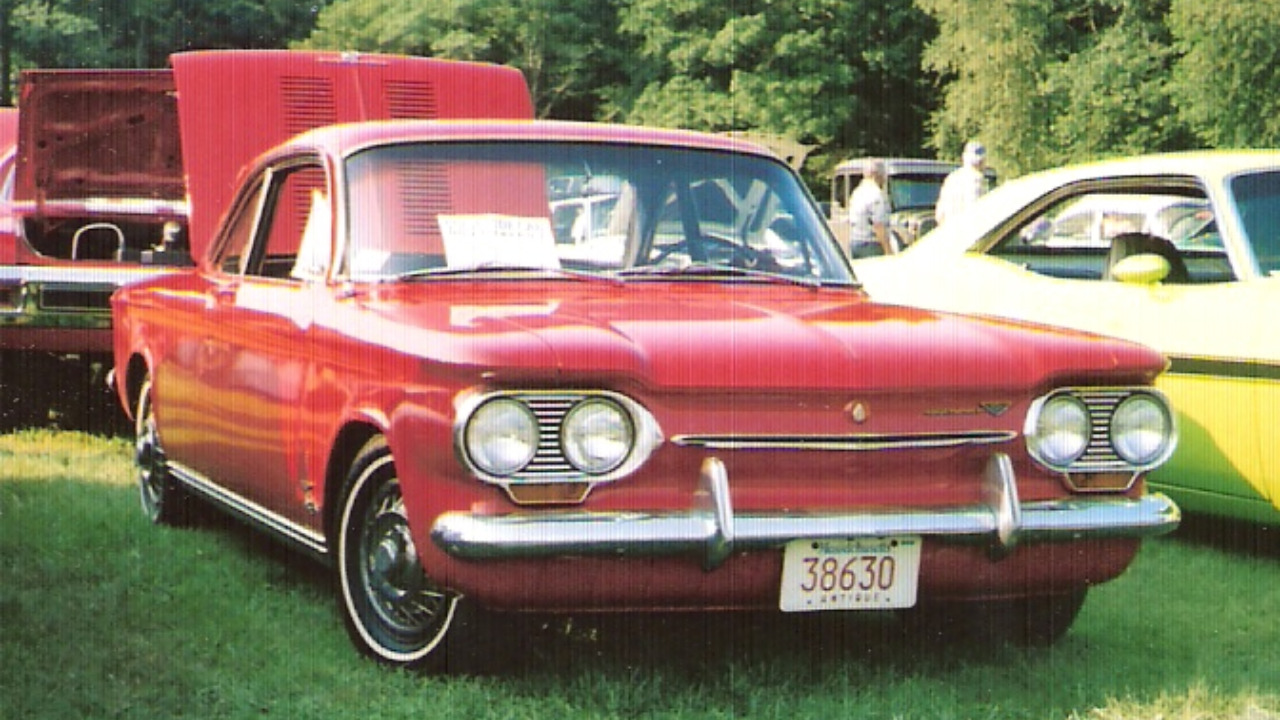
The Chevrolet Corvair, produced from 1960 to 1969, was a unique offering in the American automotive market. As the only mass-produced American car with a rear-mounted, air-cooled engine, it stood out for its design and engineering. The Corvair was initially lauded for its innovative approach, but it faced controversy due to handling issues highlighted in Ralph Nader’s book, “Unsafe at Any Speed.” Despite this, the Corvair’s engineering paved the way for future innovations in automotive design.
Today, the Corvair is recognized for its daring departure from the norm, and it has garnered a cult following among car enthusiasts. The model’s design and engineering were indeed ahead of their time, showcasing Chevrolet’s willingness to experiment and innovate even in the face of criticism.
Chevrolet Vega
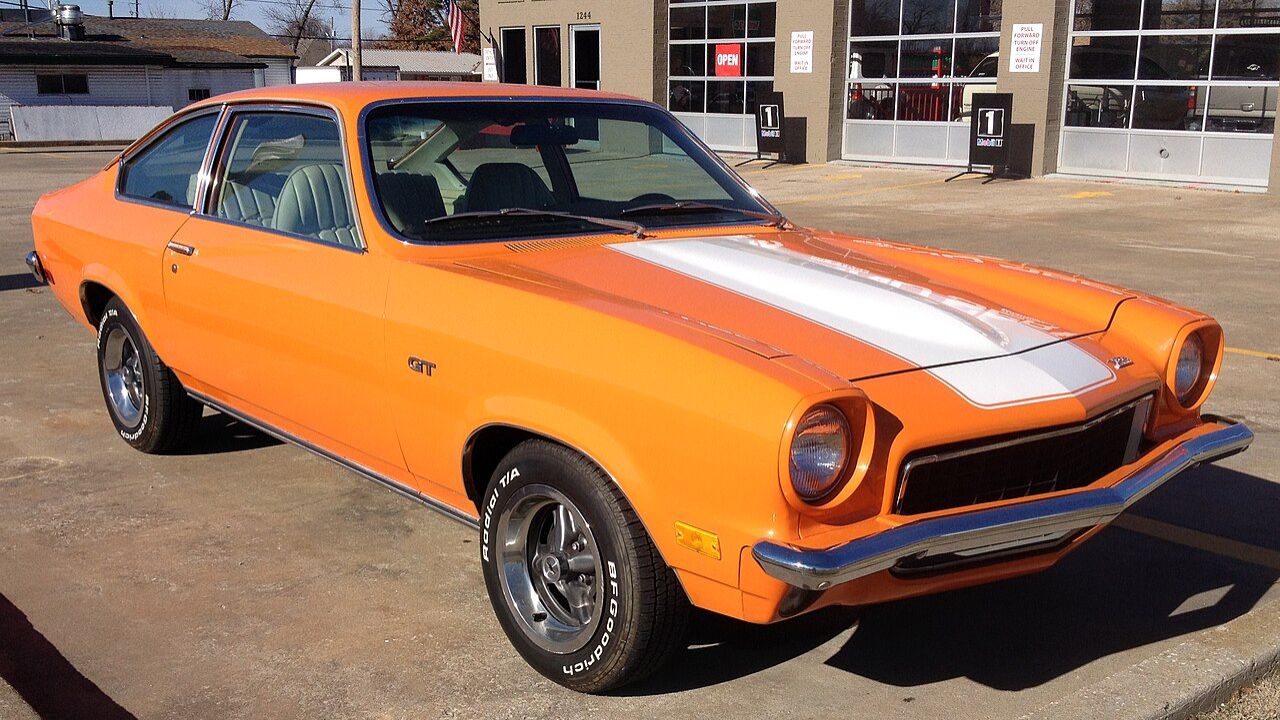
Launched in 1970, the Chevrolet Vega was a compact car that aimed to compete with imports like the Volkswagen Beetle and Toyota Corolla. It featured an all-aluminum engine, a first for Chevrolet, and was praised for its styling and performance. However, the Vega struggled with quality control issues, which hurt its reputation over time.
Despite these challenges, the Vega was a significant step for Chevrolet as it ventured into the compact car market, offering an early glimpse into the future of fuel-efficient vehicles. The Vega’s innovative engineering and design elements laid the groundwork for future advancements in the automotive industry.
Chevrolet Citation
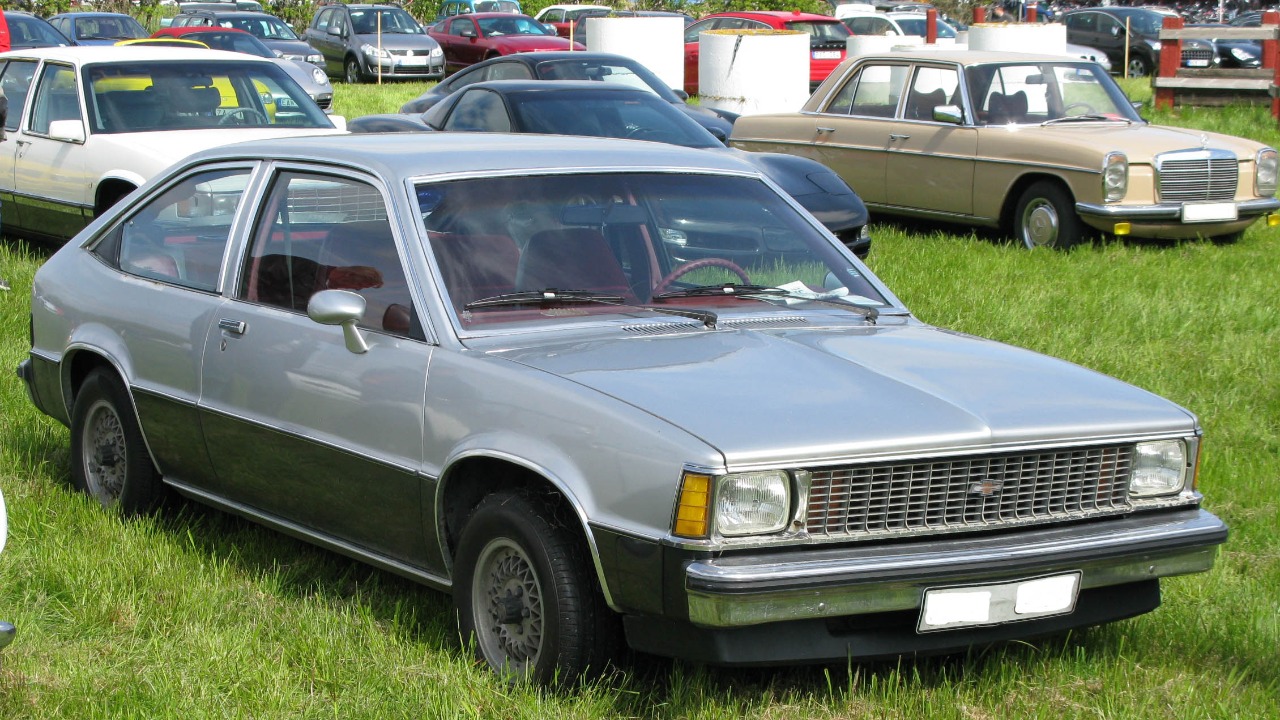
The Chevrolet Citation, introduced in 1980, was a front-wheel-drive compact car that marked a shift from the traditional rear-wheel-drive layout. It was designed to offer improved fuel economy and performance during a time when such attributes were increasingly in demand. The Citation was initially well-received but later faced criticism due to quality issues.
Despite its shortcomings, the Citation was a trailblazer for front-wheel-drive cars in the U.S. market. Its design and engineering foreshadowed the industry’s eventual shift towards more efficient and space-saving front-wheel-drive layouts, making it a model that was ahead of its time.
Chevrolet Monza

The Chevrolet Monza, produced from 1975 to 1980, was a compact car that offered a sporty design and a variety of engine options, including a small-block V8. It was developed during a time of rising fuel prices, aiming to blend performance with fuel efficiency. The Monza’s aerodynamic design was noteworthy and contributed to its popularity.
While the Monza’s production run was relatively short, its impact was significant. The car’s sleek design and engineering innovations were precursors to the more aerodynamic trends that would later dominate the automotive industry. The Monza remains a testament to Chevrolet’s ability to adapt to changing market demands.
Chevrolet SSR

The Chevrolet SSR, produced from 2003 to 2006, was a bold blend of a pickup truck and a convertible roadster. It featured retro styling inspired by Chevy’s late-1940s trucks and was powered by a V8 engine. While its unique design garnered attention, the SSR struggled to find a broad audience and was discontinued after a short production run.
Despite its commercial struggles, the SSR showcased Chevrolet’s willingness to push design boundaries and create a vehicle that defied conventional categories. Its blend of style and performance has earned it a devoted fan base, and it remains a fascinating example of automotive innovation.
Chevrolet Astro II
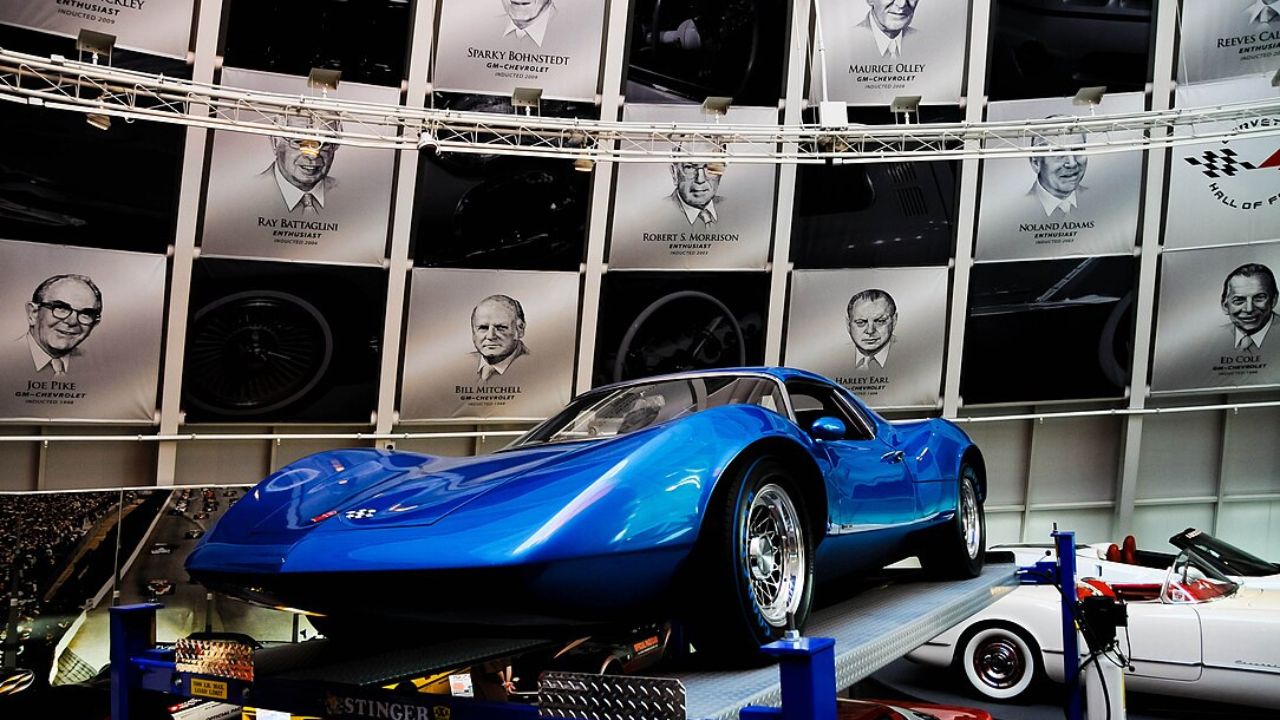
The Chevrolet Astro II was a concept car introduced in 1968, aimed at exploring the possibilities of mid-engine design. Featuring a sleek, aerodynamic body and a 390 horsepower V8 engine, the Astro II was a forward-thinking project that captured the imagination of many enthusiasts.
Although it never went into production, the Astro II influenced future Chevrolet designs and demonstrated the brand’s interest in exploring new engineering concepts. Its design elements and engineering ideas were ahead of their time, leaving a lasting impact on the development of performance-oriented vehicles.
Chevrolet Volt (First Generation)
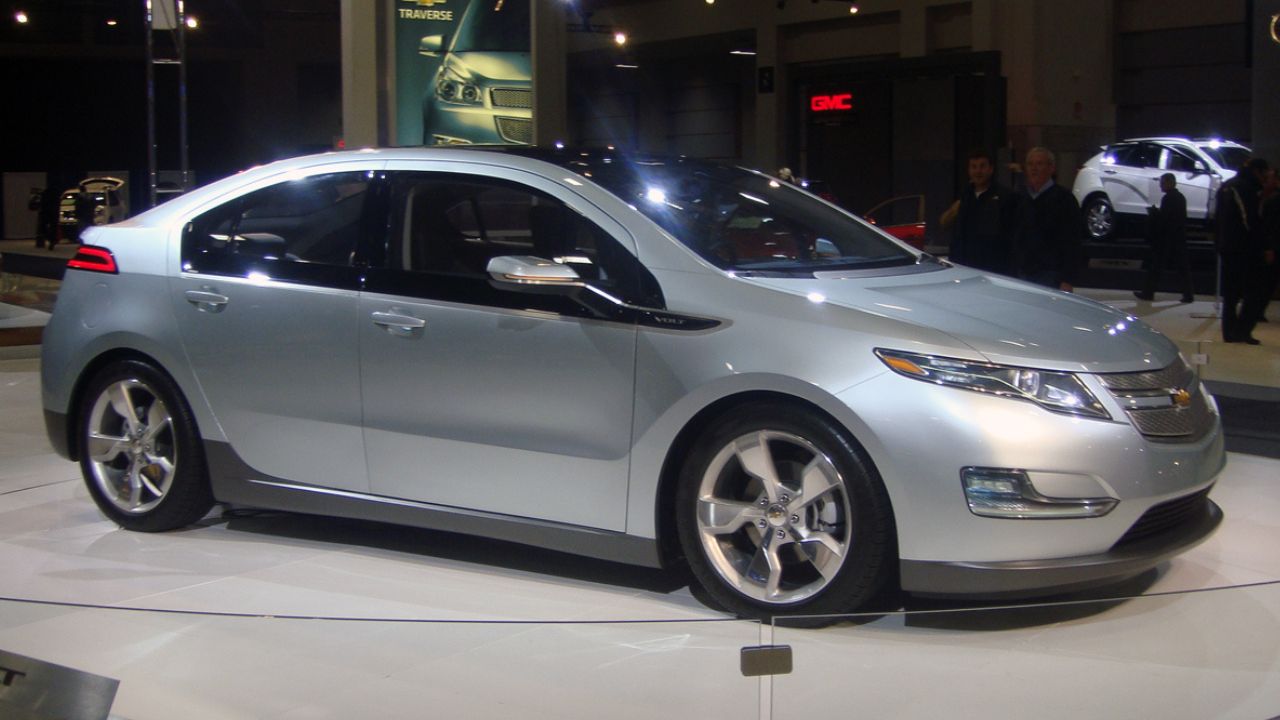
The first-generation Chevrolet Volt, introduced in 2010, was a pioneering plug-in hybrid that offered an electric range of up to 38 miles before switching to a gasoline engine. It was designed to bridge the gap between traditional gasoline vehicles and fully electric cars, appealing to environmentally conscious consumers.
The Volt was groundbreaking for its time, providing a practical solution for reducing emissions while maintaining the convenience of a gasoline engine. Its innovative approach to hybrid technology helped pave the way for future developments in the electric vehicle market, making it a model that was truly ahead of its time.
Like Fast Lane Only’s content? Be sure to follow us.
Here’s more from us:
*Created with AI assistance and editor review.




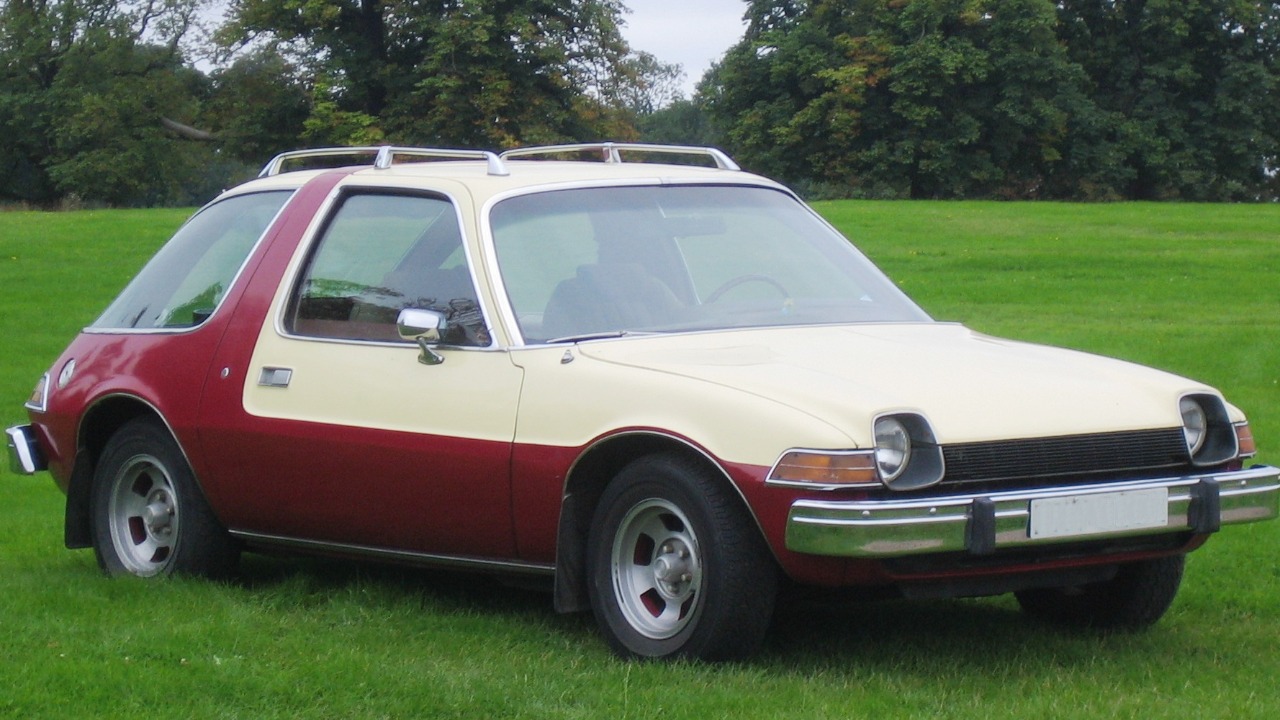
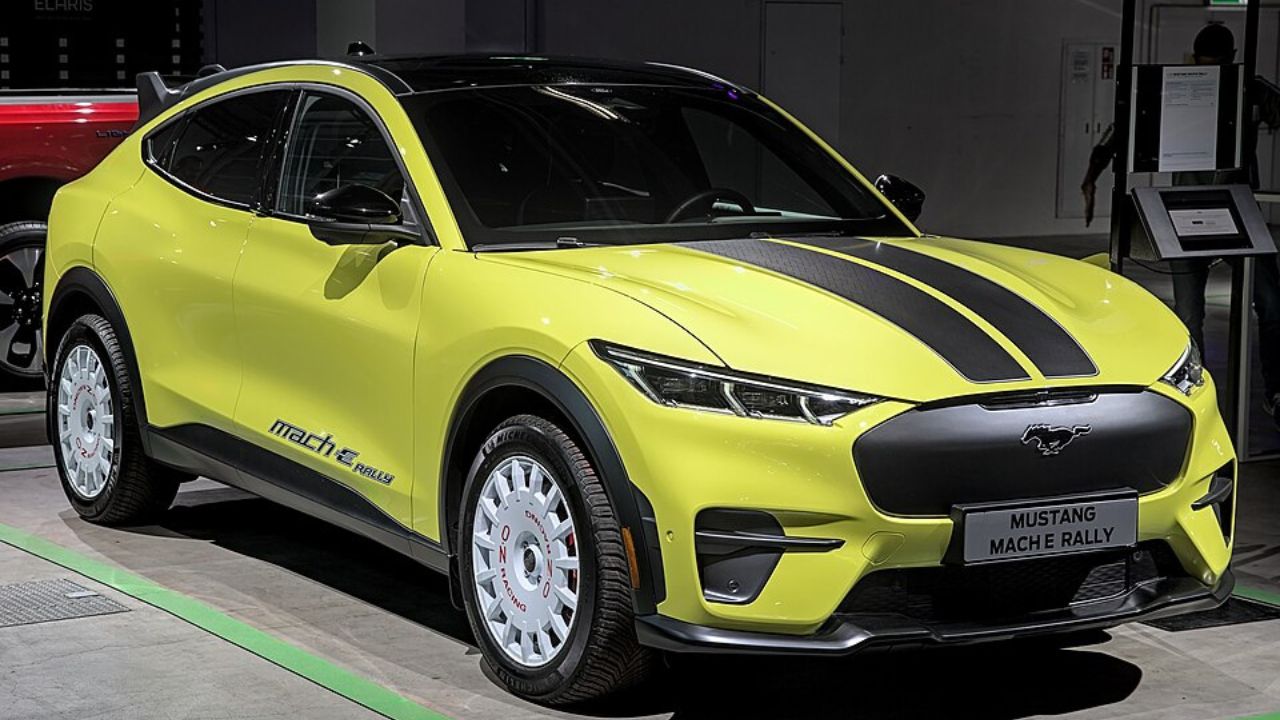
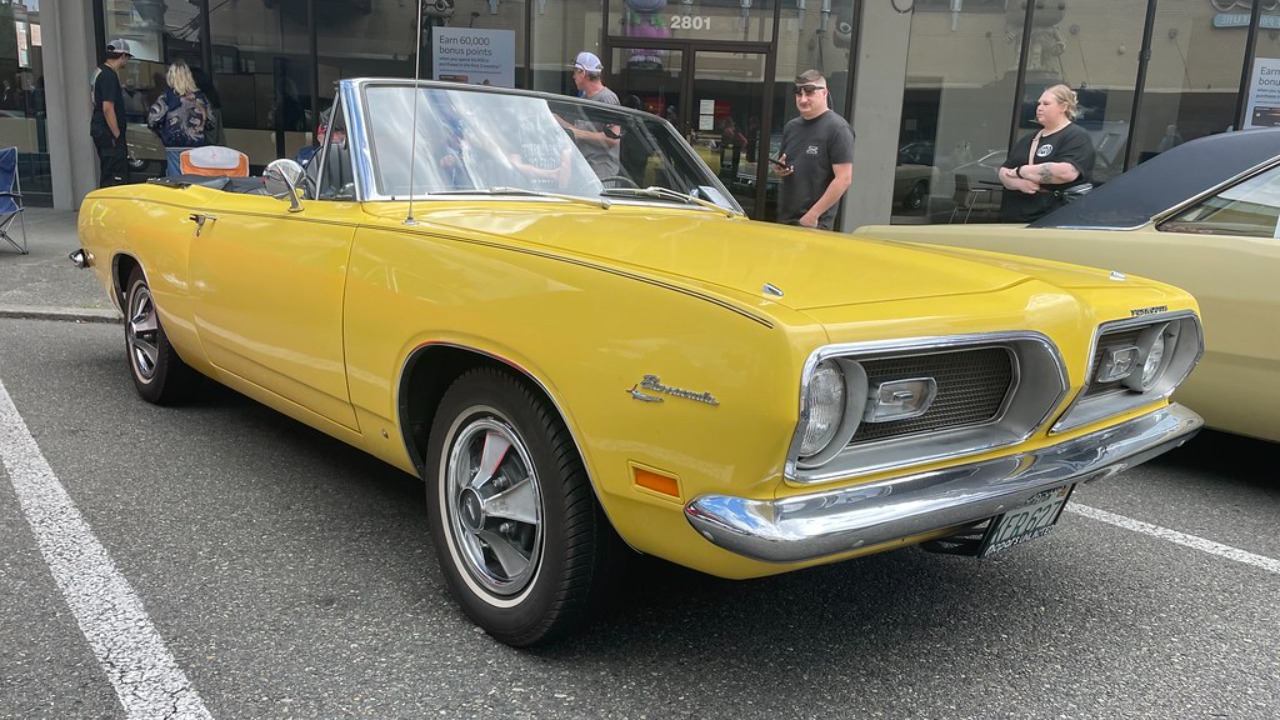
Leave a Reply